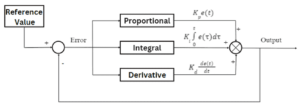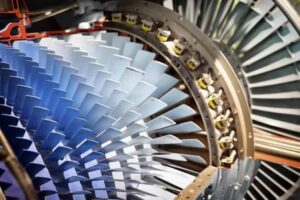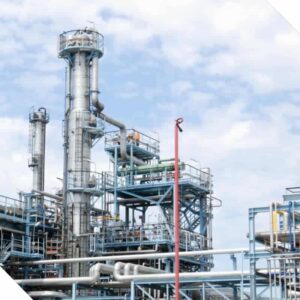Blog

Decoking and Pigging
The decoking process is essential for maintaining efficiency, sustainability, and equipment longevity in oil refineries, chemical plants, and energy facilities. This article explores the decoking process, the pigging method, its step-by-step procedure, and the advantages of Petrotech’s custom decoking control systems.

Parts of a Steam Turbine
Steam turbines serve as integral components in the petrochemical, power generation, and refinery industries. The foundational architecture of a steam turbine comprises a rotor, precision-supported by bearings and encased within a cylindrical casing. The controlled interaction between steam and meticulously designed blades results in a tangential force and instigates the

What is NOx?
NOx, short for nitrogen oxides, refers to a group of reactive gases that significantly contribute to air pollution. Delve into what NOx is, examine emissions on the basis of fuel types, and explore effective methods to reduce NOx levels.

How a Generator Control Panel Works
A generator control panel works by displaying key status information and the ability to make adjustments via an interface. The interface allows a user to monitor, manage, read codes, and regulate a generator. It links to several components, providing real-time feedback on the generator’s operation. This article explores the inner

Power Plant Control Systems
In the world of energy production, power plant control systems play a crucial role in managing the intricate operations of modern power plants. These systems, monitor, regulate, and optimize the various processes to ensure the efficient generation of electricity. This article delves into the purpose of power plant control systems,

What is the Decoking Process?
One significant hurdle that industrial facilities encounter is the build-up of coke/scale deposits within process tubes. This internal fouling, if not addressed, could result in a plethora of operational issues. This introduces the need for the decoking process. In this article, we review the coke formation process in equipment and

Gas vs. Steam Turbine
Making the right choice between utilizing a gas turbine vs steam turbine is crucial when setting up power generation plants, as each technology offers distinct features. In this article, we delve into how gas and steam turbines operate, their respective advantages and disadvantages, and provide a comprehensive comparison across various

MPC vs PID – A Comprehensive Control Method Comparison
Control systems play a crucial role in various industrial processes by ensuring stability, efficiency, and optimal performance. Among the myriad of control methods available, Model Predictive Control (MPC) vs Proportional-Integral-Derivative (PID) stand out as two competing strategies. In this article, we delve into the intricacies of each method, compare its

What is Process Control?
Process control refers to the monitoring and adjusting of process parameters to get a preset or desirable output.

Efficiency of Gas Turbines
Explore the concept of efficiency of gas turbines, how to calculate it, and ways to improve turbine efficiency.

Reverse Trade Mission: Petrotech Hosts Turkish Delegates
Petrotech hosted Delegates from Turkey in a reverse trade mission to learn more about investment opportunities in the oil and gas industry.

NOx Emissions: The Petrotech Solution to New York’s Limits
As a leader in advanced technology and turnkey solutions, Petrotech has the right solution to New York’s NOx emissions limits legislation.

